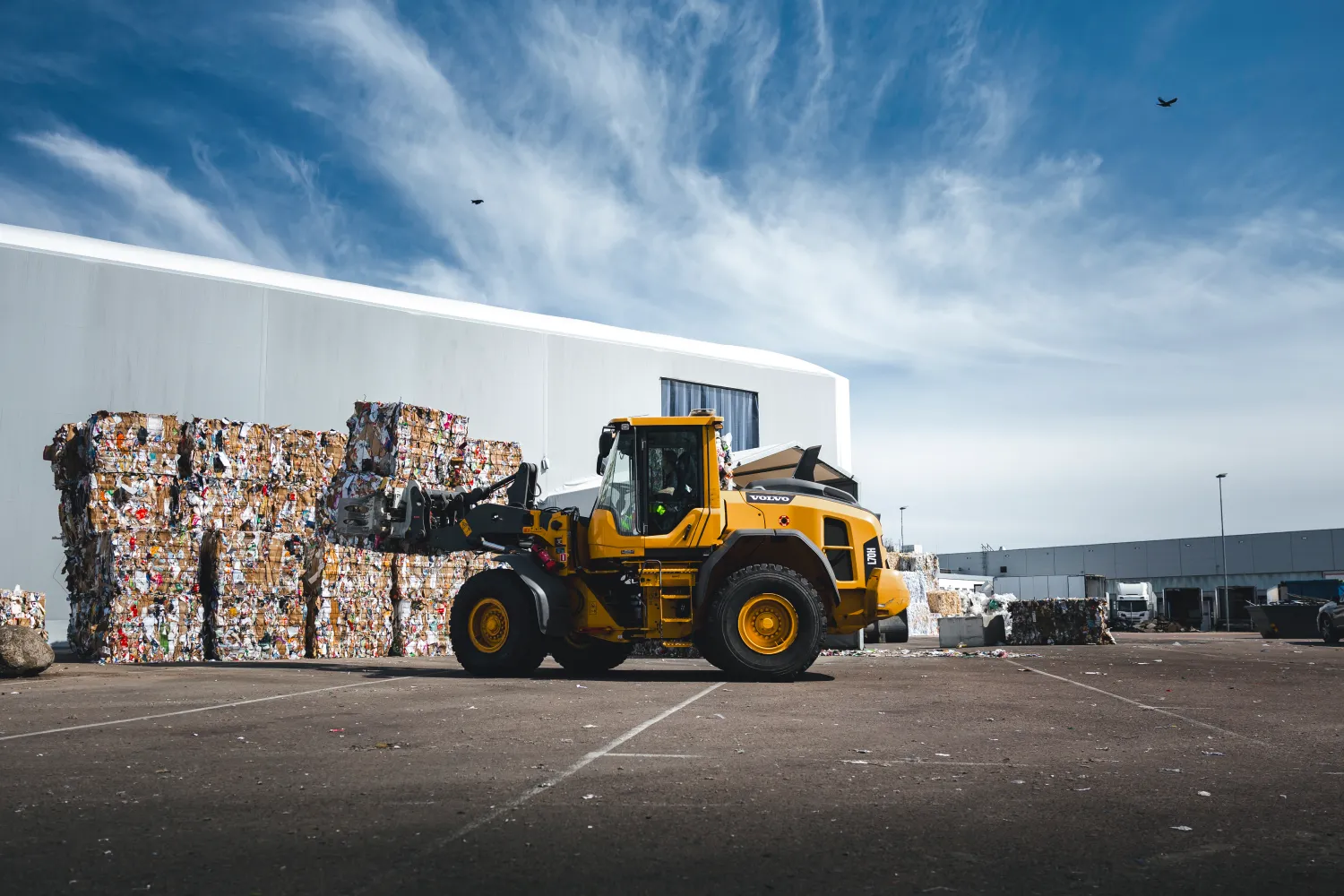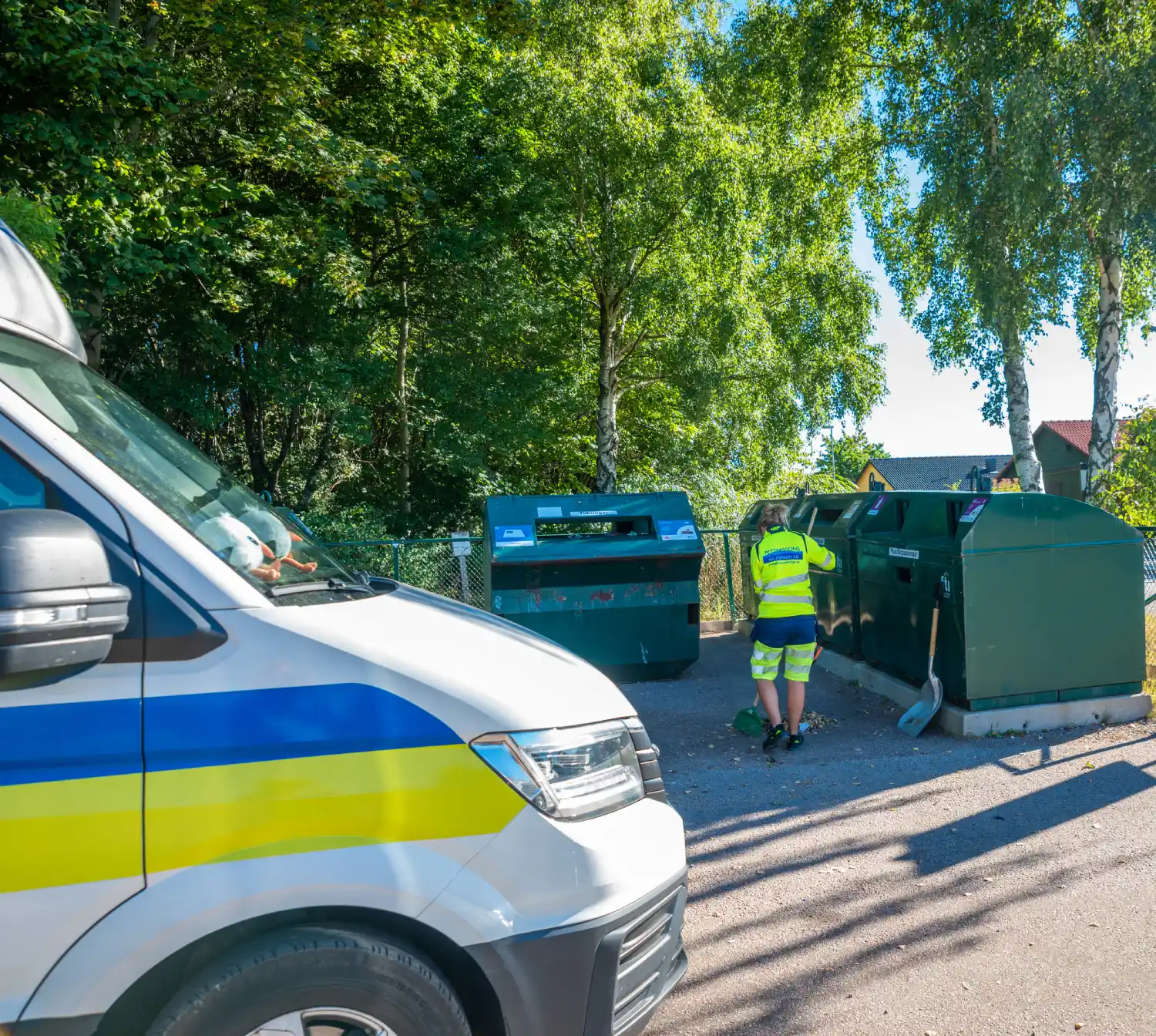Facilitating Recycling in Falkenberg with PetterssonsMiljö’s Services
Facilitating Recycling in Falkenberg with PetterssonsMiljö’s Services
Blog Article
Recycling in a world filled up with varied packaging products creates equally opportunities and challenges. Nowadays, people and companies equally need more sustainable techniques while governments progressively apply stricter rules for spend management. But, the difficulty of managing different packaging resources means handling distinctive recycling needs for every single type. This information has a closer look at the recent trends, difficulties, and options in developing successful Recycling (Återvinning) systems for varied appearance materials.
The Difficulty of Different Packaging Materials
Presentation materials came quite a distance from simple cardboard boxes. Nowadays, they include parts, glass, steel, paperboard, and multi-layered composites, among others. Every type comes using its special set of recycling requirements. Like:
Plastic: While plastic is light and tough, its different types (like PET, HDPE, LDPE, and PVC) usually need split up variety and running methods. Mismanagement may lead to contamination and inefficiencies in recycling streams.

Metal: Metal and container beers remain highly recyclable, but not without correct organizing in order to avoid contamination with non-recyclable metallic items.
Glass: Recycling glass requirements segregation by color and special services to avoid dangers like fragmentation or contamination with ceramics.
Paperboard: Thick, sprayed paperboard appearance is recyclable oftentimes, however the large utilization of adhesives or laminates may possibly hinder the process.
Multi-layer Appearance: That class presents the absolute most significant problem since it usually mixes components impossible to separate your lives, such as aluminum and plastic layers in snack packaging.
With the world wide economy making over 350 million a great deal of plastic annually, and packaging accountable for almost 40% of its utilization, approaching this difficulty is crucial to reaching larger recycling rates.
Limitations in Tailoring Recycling Techniques
One of many biggest challenges in recycling programs is contamination, specially when varied resources are discarded together. As an example, when food deposit clings to recycled pockets or damaged glass mixes with paper, the efficiency of recycling operations falls significantly. Too little standardized labeling methods also confuses people and effects in improper spend sorting.
Furthermore, fragmented infrastructure contributes to the issue. Some municipalities lack features to method complex components like multi-layer appearance or particular parts, creating recycling impractical for these items.
Towards a Rounded Economy with Tailored Alternatives
Building an efficient recycling program to deal with different presentation components involves advancement and collaboration. Governments, companies, and people need certainly to function in stance:
Government Initiatives: Implementing Prolonged Producer Duty (EPR) policies can encourage producers to create presentation that is easier to recycle.

Progressive Technologies: Compound recycling techniques, like depolymerization for plastics, can break up hard-to-recycle materials for greater healing rates.
Client Education: Selling clear recycling behaviors and clear marking can considerably reduce contamination in recycling streams.
Investments in modernizing spend management infrastructure will perform an essential position, along with ongoing research in to biodegradable and used packaging solutions.
A Path Ahead
The range in packaging materials might be a challenge, but it also gifts a chance to improve recycling systems and techniques. A variety of technical breakthroughs, regulatory measures, and consumer understanding can get the change to a far more sustainable, round economy. Handling the unique recycling demands of varied products is no more an alternative but essential to fight source depletion and protect the planet. By tackling these problems logically, global communities may ensure long-term environmental viability.
Report this page